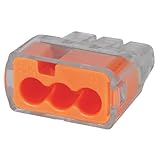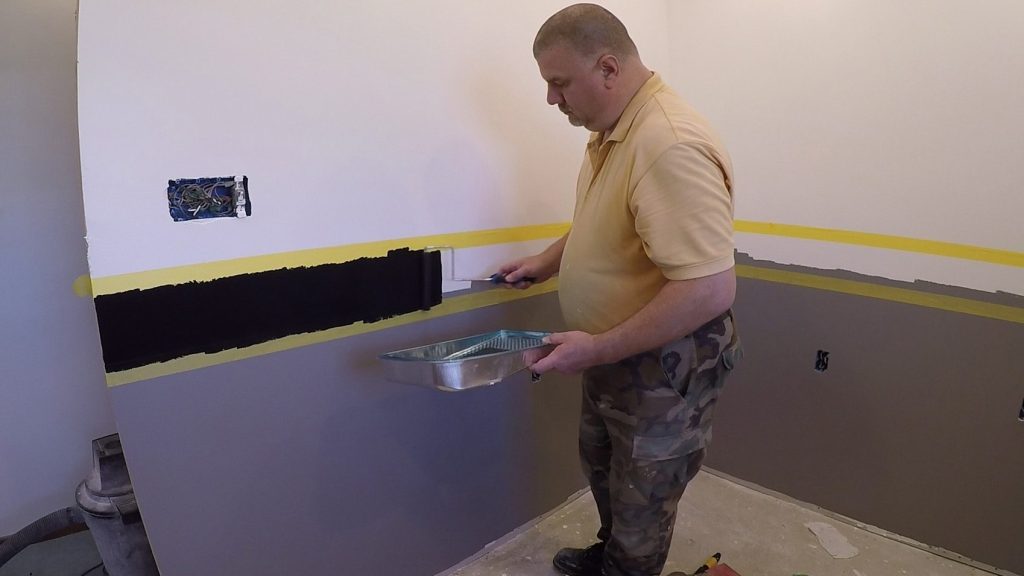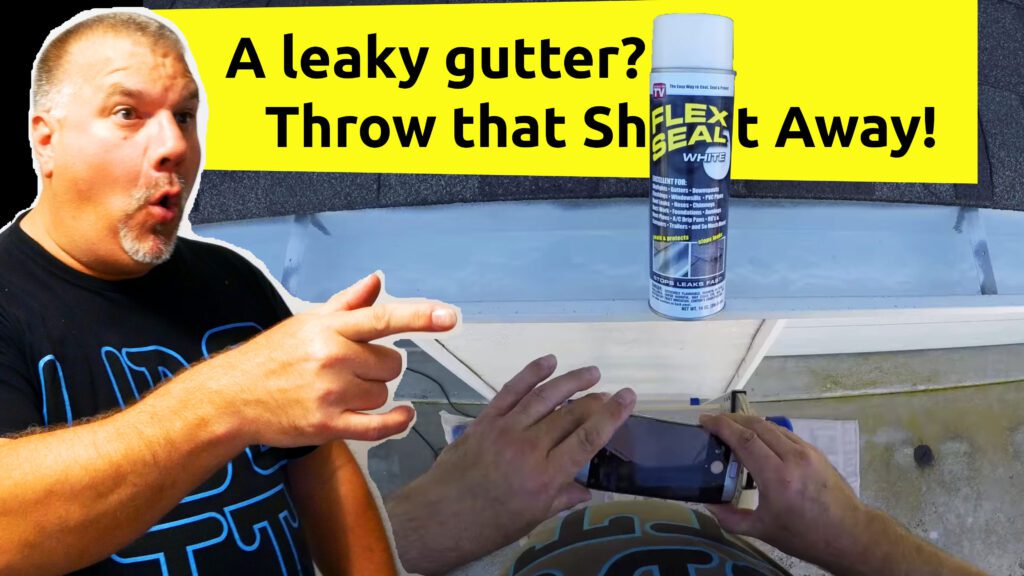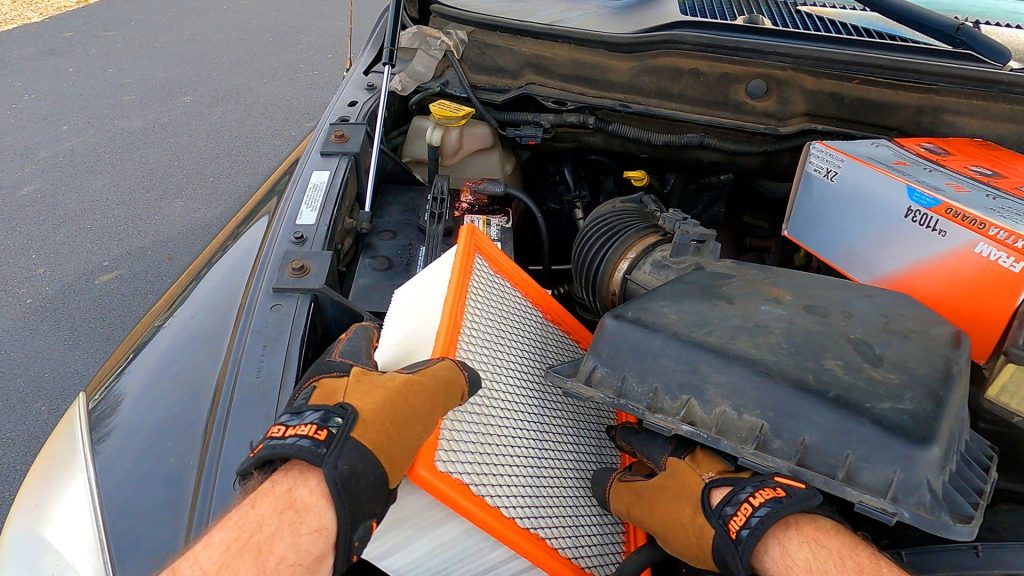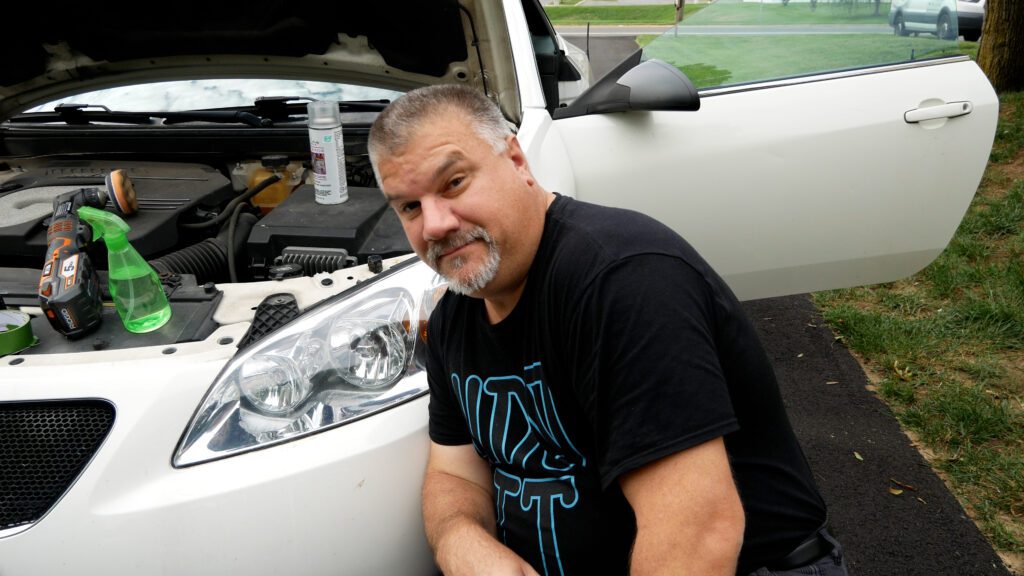My outlet loses power when it is touched or when I plug something into it and in this video I troubleshoot it.
A Brief History
But first, here’s a little history of our problem. I share this with you as it may help you identify your issue. One day in band camp Mrs U Do It plugged in our vacuum and began vacuuming. Then my computer shut off and I lost internet connection while I was in the middle of working. I immediately surmised that this is from a loose wire. With no time to fix it at that moment, it was still an issue. It happened again a few weeks later under the same circumstances.
Safety First
Almost one month later I’m here to fix the problem. But, before we dig into the diagnosis and remedy it is important to review safety. Electricity can shock you or electrocute you. It is highly recommended that you consult and or hire a licensed electrician to perform this work. Sometimes there are factors that are beyond our knowledge. For instance, your circuit could be on a shared neutral, which means that electricity could be flowing through the neutral even though you have the breaker turned off.
You could also be measuring the voltage at the faulty outlet and using that to determine if the proper breaker was turned off. You may think you turned off the proper breaker but because there is a break in the wire you are not reading voltage at the outlet. Once you begin working on this the wire makes the connection and you can be shocked or electrocuted. It is impossible for me to cover all possible scenarios that could occur in this article. Again, hiring a licensed electrician is the safest approach.
The Diagnosis: Outlet Loses Power when it is Touched
- 0:00 Removing outlet from the junction box
- 0:47 Using push-in connectors on outlet
- 0:55 Found loose wire in push-in connection on outlet
- 1:01 Using Ideal in-sure 30-1033 3-port push-in connectors
- 1:09 Making a hot wire pigtail with Ideal in-sure connectors
- 1:46 Removing wires from push-in connectors on back of outlet
In this video, you’ll see I remove the outlet and show the connections. I replaced the original outlet in 2016 with this new outlet because the original one has loose terminals. But, when I installed this new outlet I used the push-in connectors in the back of the outlet. In retrospect, I should have used the lugs. Let this be an example of why you should use lugs instead of push-in connectors in the rear of the outlet. I remove the wires by inserting a small slotted screwdriver into the outlet wire releases. You’ll notice the first wire I touch was loose. The other wires were properly secured, almost too secured. Some wires were really stuck in there and needed some significant force to remove them. I’m sometimes dramatic in my Tim Allen caveman sounds but it was representative of the force I exerted.
Pigtails
- 2:11 Making neutral wire pigtail with in-sure connectors
- 2:52 Completing hot wire pigtail with Ideal in-sure connectors
- 3:05 Connecting hot wire pigtail to screw terminal on outlet
- 3:49 Connecting neutral wire pigtail to screw terminal on outlet
- 4:48 Installing outlet in the wall and cover plate
- 5:57 Using Electrical Outlet Tester to check outlet wiring
- 6:57 Credits
Materials Used
You can find the tools, connectors and electrical tape in the links below.
- WIRE CONNECTOR
- Compact size makes installation easy
Amazon.com Price last update on 2026-01-05 - Details
- U Do It™ Contractors Electrical Supply List, includes the Ideal In-Sure Push-In Connectors
- U Do It™ Contractors Electrical Tools List
Once the wires were removed I used two Ideal In-Sure 30-1033 3-port plug-in connectors to create pigtails. Pigtails are a term used to describe a wire that was created to combine two or more wires into one. Only 3-port push-in connectors are needed since we have the two wires for hot plus the additional pigtail wire. And we’ll need the same for the neutral wires. I installed the black insulation pigtail wire into the push-in connector followed by the two other wires. And then I repeated the same for the neutral white wires.
I hooked the end of the pigtail wire that connects to the outlet so it could wrap around the lug. I connected the hot pigtail to the bottom lug (the chrome-colored lug) which corresponds to the smaller slot on the outlet. Then I connected the neutral white pigtail to the bottom lug (the brass-colored lug) which corresponds to the larger slot on the outlet. I secured the lugs with appropriate torque as best of a guess as I could make. But, I also double-checked the ground connection and I’m glad that I did. Our outlets are protected by combination GFI/AFCI breakers and it is really important to have proper bonding on all terminals. This especially includes the ground wire on the outlet.
If this interest you then other U Do It™ articles you can be found here.
Picked out for you
How to install a GFI outlet in basement from start to finish – By U Do It
How to Install an Electric Sub-Panel to Main Panel – By U Do It
Improve the vibe of your home with Philips Hue LEDs – By U Do It
Making DIY tile coasters is super easy with cork – By U Do It
Save money by rebuilding your grill burners – By U Do It
How to paint two tone colors with a laser level – By U Do It
Repair a Leaky Gutter with Flex Seal – By U Do It
Replace your air filter as part of your regular maintenance – By U Do It
How to Remove Car Pinstripes using an Eraser Wheel – By U Do It
Restore your Headlights in your Driveway – By U Do It
Design of the Day
Follow U Do It on Social Media
What’s next? Check out About U Do It, History of U Do It, and Mrs U Do It to learn even more about U Do It.

